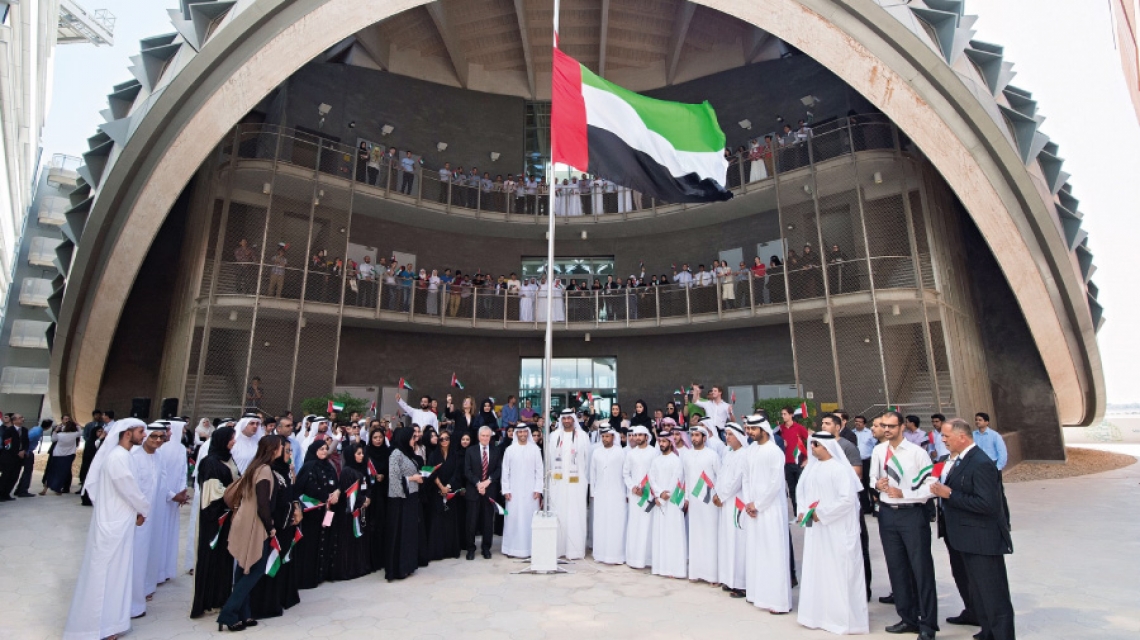
In the not so distant future, renewable energy will be integrated in our power grids. But for it to provide the benefit we greatly need, we’ll need new smart grid infrastructures and systems.
The smart grid of the future is expected to be far more complex than our current power grids.
This presents a number of security and infrastructure challenges. To overcome them, the current power grid needs to be transformed into an easily reconfigurable and resilient Internet-like smart grid.
It will need a different kind of financial infrastructure, too – one that is decentralised, with interoperability between entities that support electricity and emissions trading at the optimal price, while being both private and secure.
That in turn will require smart meters that can negotiate prices and trade in a decentralised environment, common electricity and emissions trading exchanges, and trading currencies offer solutions.
From simple to more complex transactions, advanced smart meters should be able to trade without reliance on a centrally determined price, hardwiring to a particular smart grid or disclosure of trading history and pricing.
On that basis, both the smart grid and the carbon emissions marketplace, which is being developed to reduce the carbon emission impact on global climate change, can evolve in tandem.
The Strategic Requirements and Systems Security Group at the Masdar Institute, to which I belong, is currently working on creating the decentralised service-oriented architecture needed for the smart grid financial infrastructure with high privacy and security built in at the architectural level.
The project includes a number of major elements, including: a new currency design based on Bitcoin; enabling smart meters to perform necessary price discovery without reliance on a central price signal; bidding and trading; and specification of other entities like smart grid currency exchanges and banks, which will be necessary for the overall smart grid financial infrastructure to function.
We plan to link the new currency to carbon emissions trading as an incentive to its adoption.
There are two main challenges facing our research. The first is to design a proper carbon emissions credit generation protocol, or ideally, multiple protocols that might lead to multiple competing carbon emission trading currencies.
The second is designing smart meters with enough computation power and trading intelligence to allow for automated bidding, buying and selling in a decentralised infrastructure.
They will need to obtain or calculate appropriate carbon emission trading prices without relying on a centralised price signal, which might be achieved through carbon emission credit exchanges.
Once specified, the carbon emissions trading infrastructure and smart grid financial infrastructure can be integrated. Energy and services trading will be tightly coupled with the carbon emissions trading, thus achieving seamless integration, transparency, privacy and security.
We are working to overcome these challenges so that the smart grid currency and financial infrastructure has no central point of trust/failure, to make it easier for so as to facilitate easier for the various components of the financial infrastructure to integrate and operate with each other.
For example, a future smart car from the UAE should be able to consume and supply power to a microgrid in Oman, without a need for currency exchange, centralised pricing and so on.
It must also have proper incentives and an economic system, to motivate users to take part. For example, if currency unit generation is linked to renewable power generation, it could help lead to more power production from renewable sources.
The system must also ensure predictable money supply, divisibility and fungibility, versatility, openness, and vibrancy, so as to allow for wider currency acceptance and more complex smart grid financial transactions and services development. Fulfilling these goals will also ensure easier smart grid expandability and interoperability with other systems such as web services.
It is our hope that this research project and others can help ensure the privacy and security necessary for the future smart grid financial system’s resilience and reliability, and the smart grid itself.
Security, privacy and functionality are critical to the success of renewable energy integration in a meaningful way and can help Abu Dhabi meet its renewable energy goals.
Dr. Davor Svetinovic is an associate professor of electrical engineering and computer science at the Masdar Institute of Science and Technology. His full article on the topic can be found at: http://smartgrid.ieee.org/february-2013/795-incorporating-a-secure-decentralized-financial-infrastructure-into-the-smart-grid






